The Art of Crafting a Compelling Interior Design Portfolio: A Comprehensive Guide
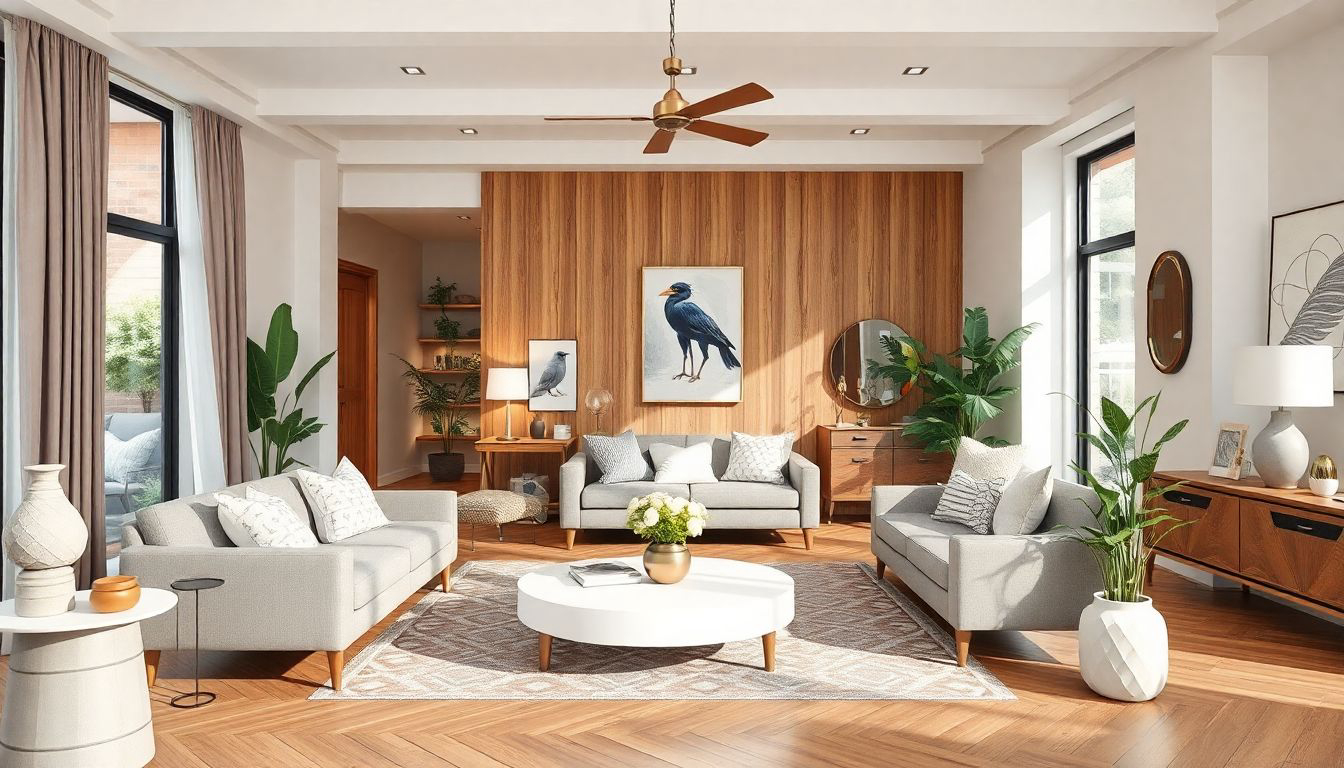
In the competitive world of interior design, your portfolio is your most powerful tool for showcasing your talent, creativity, and expertise. It's not just a collection of pretty pictures; it's a carefully curated narrative that tells the story of your design journey, your unique perspective, and your ability to transform spaces. Whether you're a seasoned professional or a fresh graduate, a well-crafted interior design portfolio can open doors to exciting opportunities, attract dream clients, and set you apart in a crowded marketplace.
In this comprehensive guide, we'll explore the art of creating a compelling interior design portfolio that not only showcases your best work but also communicates your design philosophy, process, and personality. We'll draw insights from industry experts, successful designers, and cutting-edge portfolio examples to help you create a portfolio that truly represents your talent and vision.
The Importance of a Strong Interior Design Portfolio
Your portfolio is often the first point of contact between you and potential clients or employers. It's your chance to make a lasting impression and demonstrate your capabilities. As Carlos Mota, formerly the International Style Editor at Architectural Digest, puts it, "A well-designed portfolio is a critical component of the interior design job search process. It can make the difference between getting an interview or not, and ultimately, securing a job offer."
A strong portfolio serves multiple purposes:
- Showcases your skills and expertise: It's a visual representation of your design abilities, technical skills, and creative problem-solving.
2. Demonstrates your versatility: By including a variety of projects, you can show your ability to work with different styles, spaces, and client needs.
- Highlights your design process: It allows you to walk potential clients or employers through your approach to design, from initial concept to final execution.
4. Reflects your personal style: Your portfolio is an opportunity to showcase your unique aesthetic and design philosophy.
- Builds credibility: By including client testimonials and project outcomes, you can establish trust and demonstrate your professional track record.
Key Elements of an Effective Interior Design Portfolio
1. Curate Your Best Work
When it comes to your portfolio, quality trumps quantity. Choose projects that showcase your strongest work and demonstrate the breadth of your skills. As Liz Wells, a UX designer whose portfolio is often cited as exemplary, advises:
"Be selective in the work that you include in your portfolio. Choose projects that showcase your best skills and abilities, and that demonstrate your unique style."
Include a variety of projects that highlight different aspects of your expertise, such as:
- Residential and commercial spaces
- Different room types (e.g., living rooms, kitchens, bathrooms)
- Various design styles (e.g., modern, traditional, eclectic)
- Before and after transformations
- 3D renderings and floor plans
2. Tell a Compelling Story
Each project in your portfolio should tell a story. Don't just show the final result; take your audience on a journey through your design process. Include:
- The initial brief or challenge
- Your research and inspiration
- Concept sketches and mood boards
- Progress photos or 3D visualizations
- The final outcome with professional photography
Naim Sheriff, a UX designer, demonstrates this approach effectively in his portfolio:
"He even poses the questions he asked himself during the project, like: 'How do we successfully show the differences between similar products? How does the customer know how much paint to buy for their space?' Then he shares the solution he came to with his team."
This storytelling approach not only showcases your problem-solving skills but also gives potential clients insight into your working process.
3. Showcase Your Technical Skills
Interior design is not just about aesthetics; it's also about technical knowledge. Demonstrate your proficiency in:
- CAD software and 3D modeling
- Space planning and ergonomics
- Material selection and sourcing
- Building codes and regulations
- Sustainable design practices
Include technical drawings, material boards, and detailed specifications to show your thorough understanding of the design process.
4. Incorporate Visual Appeal
Remember, you're in the business of visual design. Your portfolio should be a testament to your aesthetic sensibilities. Pay attention to:
- Layout and composition
- Color scheme and typography
- Image quality and resolution
- Consistency in presentation
As Emma Kay, a creative director and interior stylist, demonstrates in her portfolio, a clean, visually appealing layout can significantly enhance the impact of your work.
5. Highlight Your Unique Perspective
What sets you apart from other designers? Use your portfolio to showcase your unique design philosophy, approach, or specialization. This could be:
- A focus on sustainable or biophilic design
- Expertise in a particular style or period
- A talent for blending different cultural influences
- Innovative use of materials or technology
6. Include Client Testimonials and Results
Nothing speaks louder than satisfied clients. Include testimonials, project outcomes, and any awards or recognition you've received. This social proof can be incredibly powerful in building trust with potential clients or employers.
Choosing the Right Platform for Your Portfolio
In today's digital age, having an online portfolio is essential. There are several options to consider:
- Personal Website: Platforms like Squarespace, Wix, or WordPress offer customizable templates that can be tailored to your needs.
2. Portfolio-specific Platforms: Sites like Behance, Dribbble, or Coroflot are popular among designers and offer built-in networking opportunities.
- Custom-built Website: If you have the skills or resources, a custom-built website offers the most flexibility and uniqueness.
When choosing a platform, consider factors such as ease of use, customization options, mobile responsiveness, and the ability to update your portfolio regularly.
Making Your Portfolio Stand Out
To make your portfolio truly memorable, consider these additional tips:
- Use Interactive Elements: If you're showcasing digital designs, consider including interactive prototypes or 3D walkthroughs.
2. Incorporate Video: A video introduction or project walkthrough can add a personal touch and showcase your communication skills.
- Show Your Personality: Don't be afraid to inject some of your personality into your portfolio. As Sebastián Martínez demonstrates in his portfolio, sharing how you feel about your work can make a real connection with viewers.
4. Keep it Updated: Regularly update your portfolio with your latest and best work. This shows that you're active and evolving as a designer.
- Optimize for Different Audiences: Consider creating different versions of your portfolio for different purposes (e.g., a quick-view version for busy recruiters, a more detailed version for potential clients).
Conclusion: Your Portfolio as a Living Document
Your interior design portfolio is more than just a showcase of your work; it's a reflection of your growth, creativity, and professional journey. As you evolve as a designer, so too should your portfolio. Regular updates, refinements, and additions will ensure that your portfolio remains a true representation of your current skills and ambitions.
Remember, creating a compelling portfolio is an art in itself. It requires thoughtful curation, storytelling, and presentation. By following the guidelines and insights shared in this guide, you can craft a portfolio that not only showcases your talent but also opens doors to exciting opportunities in the world of interior design.
As you embark on or continue your journey in interior design, let your portfolio be a source of pride and a powerful tool for achieving your professional goals. After all, in the words of Veda Dsiljak, whose case studies "almost feel like product marketing pages," your portfolio should not just display your work—it should sell it.
References and Further Reading
- How to Put Together an Interior Design Portfolio: Tips From the Interior Design Body
- How To Create A Successful Interior Design Portfolio?
- 10+ Interior Design Portfolio Website Examples We Love
- 10 Inspiring UX Portfolios and Why They Work
- The Role of a Portfolio in the Architecture Job Search
These resources offer additional insights, examples, and tips for creating standout interior design portfolios. Happy designing!
More Articles
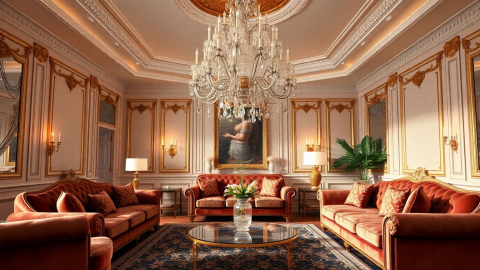
The Art of Glamorous Interior Design: Creating Luxurious Spaces That Captivate
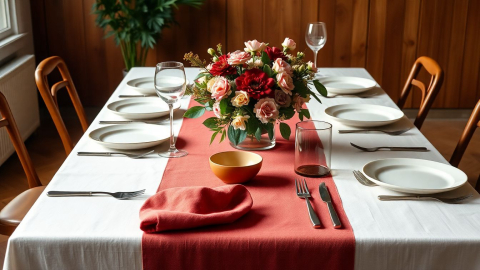
Elevating Your Dining Experience: The Art of Table Decoration
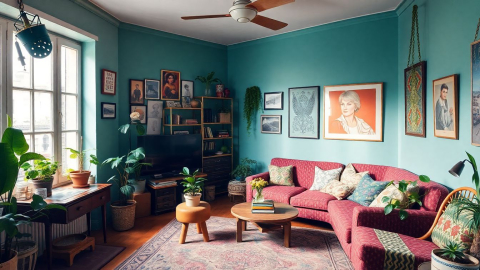
Bohemian Rhapsody: The Hilarious Truth About Living on the Fringes
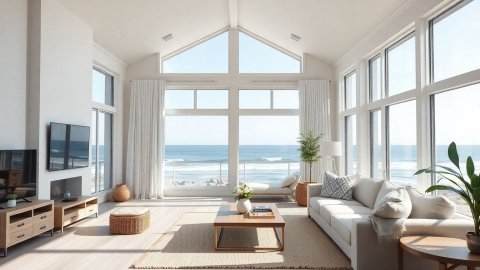
Coastal Interior Design: A Comprehensive Guide to Creating Serene Seaside Spaces
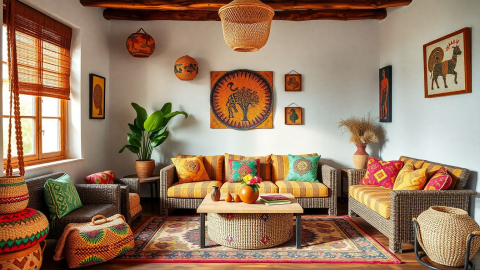
The Soul of Africa: Embracing Vibrant Design in Modern Interiors
